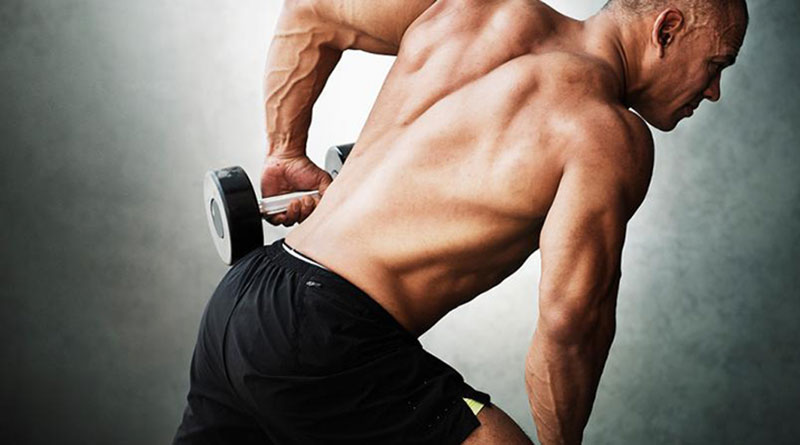Some bodybuilders feel that in off-season period should be devoted mainly to weight gain and compound movements, and that spending time on exercises such as one-arm isolation dumbbell curls really won’t lead to mass gains, the goal of the off-season lifter. Others believe that if you don’t train arms, you’re simply not a true bodybuilder. Let’s look at both sides of this argument, and see who’s closer to the truth.
Don’t train arms when bulking
Have you ever seen what happens when a powerlifter diets down for a bodybuilding show? He often outright crushes the competition due to the size of his chest, back, shoulders and legs. The primary movements of the powerlifter are the squat, deadlift, and bench press which – coincidentally – build up these powerful muscle groups. Let’s face it- we all have different recovery abilities. If you only have to worry about leg, chest, and back/shoulder days, then you can train those body parts much more frequently. Being able to hit the chest every 4 or 5 days, instead of 7, means you’re including a lot more sets of bench press and dumbbell press to this off-season than you had in your last off-season. These sets add up. If you are able to add an inch to your chest, two inches to your thighs, and at least an inch to your back, you’re going to be displaying a much better physique the next time you diet down.
Always train arms when bulking.
The idea of not training arms is pathetic. They’re the showcase muscle group. In an off-season bulking mode, with or without anabolic steroids, the recovery resources are certainly there for most people. These are the months to grow, and that includes the arms! You should be eating plenty of food, receiving more than adequate rest, and focusing on heavy sets. Bicep barbell and dumbbell curls are required for this.
The truth?
The truth is that it depends on the bodybuilder and the situation. If you’re a hardgainer who can never make gains in the neighborhood of 10 to 12 pounds or more, then maybe preserving more of your precious resources for the compound movements might lead to better overall weight gains. On the other hand, if you have reasonably good recovery resources or use AAS, then there is no reason why you shouldn’t use the off-season to add an inch or two to your arms. Treat the arms the same as you would any other body part. Train them with lots of sets and lots of weight. For most bodybuilders, an off-season wrought with heavy arm days is a key to success.
There are always going to be circumstances when all logic listed above will be thrown out the window, and the answer will depend upon the needs of the bodybuilder. If your arms overpower your body, take 2 months off training them. If your arms are below par, then train them twice per week in the off-season. Use common sense and tailor your training to match your goals.

